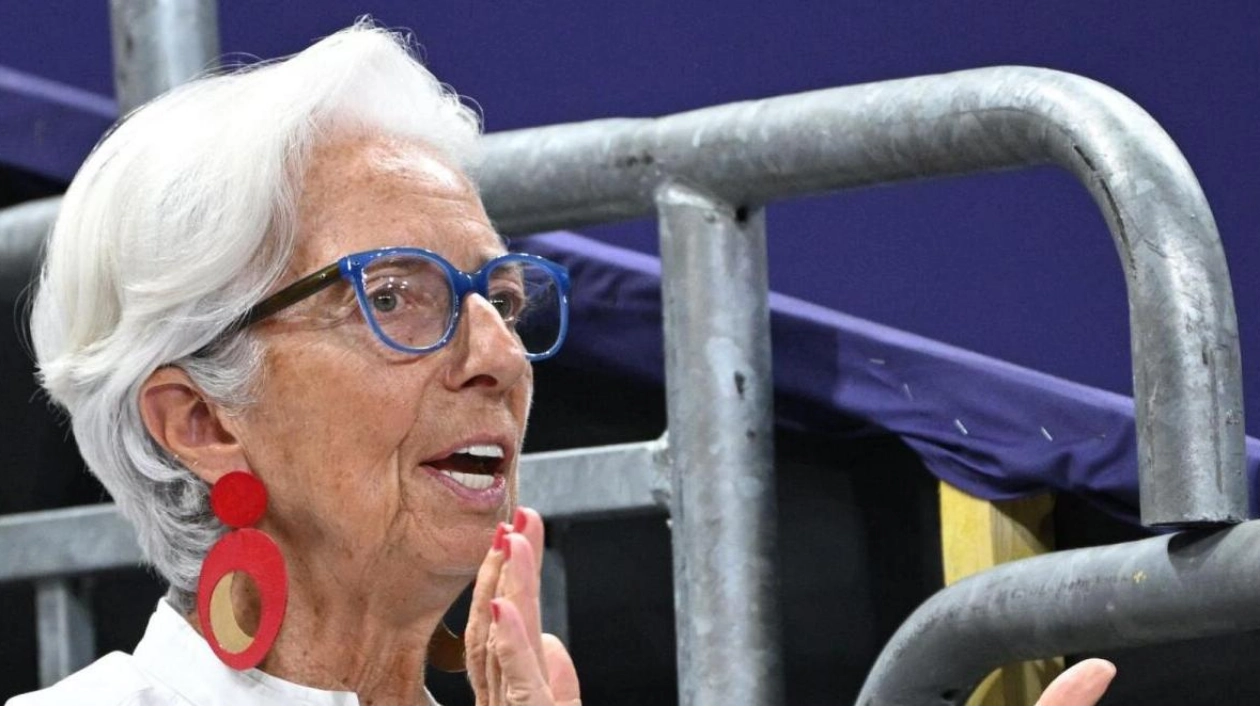An increasing number of policymakers at the European Central Bank (ECB) are advocating for another interest rate reduction in September, and only significant unexpected data in the coming weeks could potentially postpone this action, according to off-the-record conversations with seven sources. Financial markets are already heavily anticipating a new rate cut next month, but policymakers have been cautious about their next steps after the central bank faced criticism for committing too openly before its initial rate cut in June. Recent data on growth, wages, and prices has begun to influence their stance, with many now more willing to discuss their opinions, believing the conditions for a cut are being met.
The sources, who are knowledgeable about the discussions and favor another cut on September 12, cited several reasons: price pressures are decreasing as forecasted, economic growth is below expectations, wage growth is weakening, and the U.S. Federal Reserve's indications of its own easing policy make the ECB's task simpler. "We are largely where we want to be," said Latvian policymaker Martins Kazaks regarding a September cut. "Our June projections assumed two more rate cuts this year, and currently, I don’t see any reason why we shouldn’t proceed," Kazaks added, shortly after Finland's Olli Rehn advocated for a cut next month. Other sources, who requested anonymity, noted that informal discussions indicate broad support for the move, although most are waiting for more data before finalizing their views.
ECB policymakers typically do not take formal votes, and most decisions are made with a broad consensus, suggesting that if even policy hawks are beginning to support a September cut, the decision is unlikely to be contentious. ECB President Christine Lagarde, whose backing will be crucial, has not yet signaled her stance on the September decision and has not made any public comments on ECB policy recently. An ECB spokesperson declined to comment. The sources also mentioned that formal discussions have not yet begun and there are still significant data releases before September 12.
The sources, many of whom are considered conservative or policy hawks, indicated that communicating the move might be more challenging than the decision itself. Some are concerned that a cut could fuel expectations for another move in October and are eager to manage investor bets, ensuring market pricing aligns with quarterly cuts. Markets currently see a more than 90% chance of a September cut and predict at least one more move by the end of the year, followed by steady cuts in 2025. "My concern is October, not September," one source stated. "We need to ensure that the September cut doesn't create excessive expectations."
The main argument for supporting a cut is that easing was anticipated when inflation was on the ECB's predicted path. Although inflation has slightly increased over the summer, wage pressures are clearly softening, and corporate profits are absorbing some wage increases, indicating underlying price pressures are easing. Interest rates will also remain high enough to constrain growth, so a cut is merely lightening the brake, according to the sources. There is also a growing concern about lackluster growth. A long-anticipated rebound is not materializing, and Germany, the euro zone's largest economy, is on the brink of a recession due to a severe downturn in industrial output. "We need to ensure we're not hindering growth more than necessary because a soft landing is not guaranteed," another source added.
However, all sources agreed that the ECB cannot delay further in bringing inflation back to its 2% target. It currently expects this to be achieved by late 2025, and there is no willingness to let this slip into 2026. "It's a fairly strict deadline for me," a source noted. "Unless there is a shock, we need to achieve this next year to maintain credibility."






